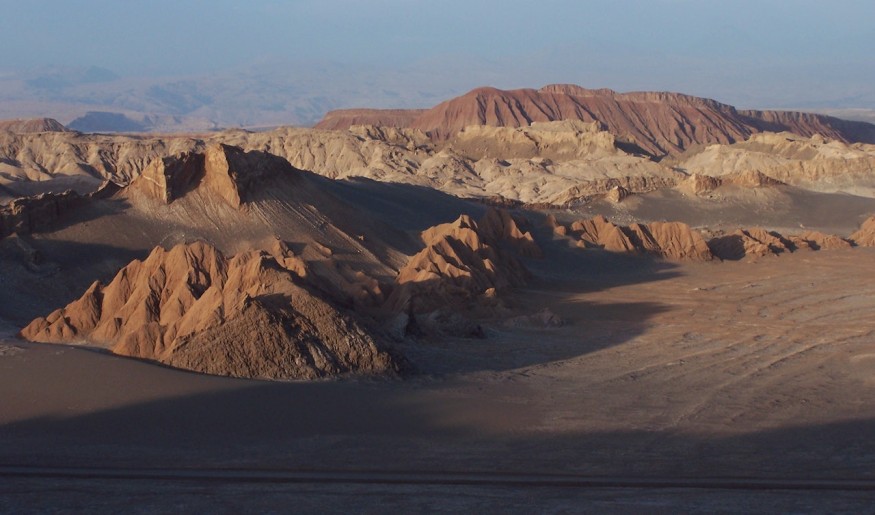
While the feat may seem impossible, mouse mummies found on the Andean volcano peaks appeared to dwell in the harsh environment that resembles Mars.
Mouse Mummies on Andean Volcano Peaks
Researchers were able to gather 13 leaf-eared mummified mice from neighboring peaks of the Llullaillaco Andena volcano. They also came across a living leaf-eared mouse situated 6,739 meters above sea level.
The discovery of these animals in this harsh environment was surprising as it showed that mammals could be dwelling in such inhospitable summits of these volcanoes. Biologist Jay Storz, the senior author of the study who is from the University of Nebraska, Lincoln, explains that mountain climbers who are well-trained can handle the extreme elevations in one-day climb attempts. However, the fact that mice live in these summits reveal how the physiological tolerances of tiny mammals have been underestimated.
The researchers came across the first mummified mouse on the Volcán Salín summit by chance. This came when they stumbled on a cadaver that was desiccated at a rock pile's edge. By this time, they knew what to look for. It was then that they were able to find others.
Storz recalls that when he and his climbing partner started examining the rocks, they discovered seven other mouse mummies on the summit. They then began to systematically search through all the Andean volcano summits. They were able to examine 21 summits, including 18 that peaked at more than 6,000 meters.
Throughout their search, they were able to find 13 mouse mummits on several summits that had elevations that went over 6,000 meters. There were cases where skeletal remains were found to accompany the mouse mummies.
Radiocarbon dating revealed that the mouse mummies found on two summits were decades old at most. Those from a different third site were much older, with their possible age peaking at 350 years. Genetic analysis on the summits showed that they belonged to the leaf-eared mouse species.
Storz explains that they are getting more evidence that mice populations could be dwelling long-term in these high elevations.
The findings now posit questions regarding how mammals are capable of living in this world of barrenness where temperatures never go beyond freezing and where the available oxygen is roughly half what's available in the sea level. Why the mice reached these heights also remains unclear.
Andean Volcanoes
Situated high in the Andes is the Aracama desert, which is one of Earth's driest places. The region is considered quite brutal to the point where astrobiologists from NASA visit the area to know more about how they could search for life on Mars, as these volcano summits are the closest thing on Earth to the Martian surface.
The Andes hosts the Western Hemisphere's highest peaks, with the record-holder being Mount Aconcagua situated at the Chile-Argentina border.
Check out more news and information on Environment & Climate in Science Times.
© 2026 ScienceTimes.com All rights reserved. Do not reproduce without permission. The window to the world of Science Times.












